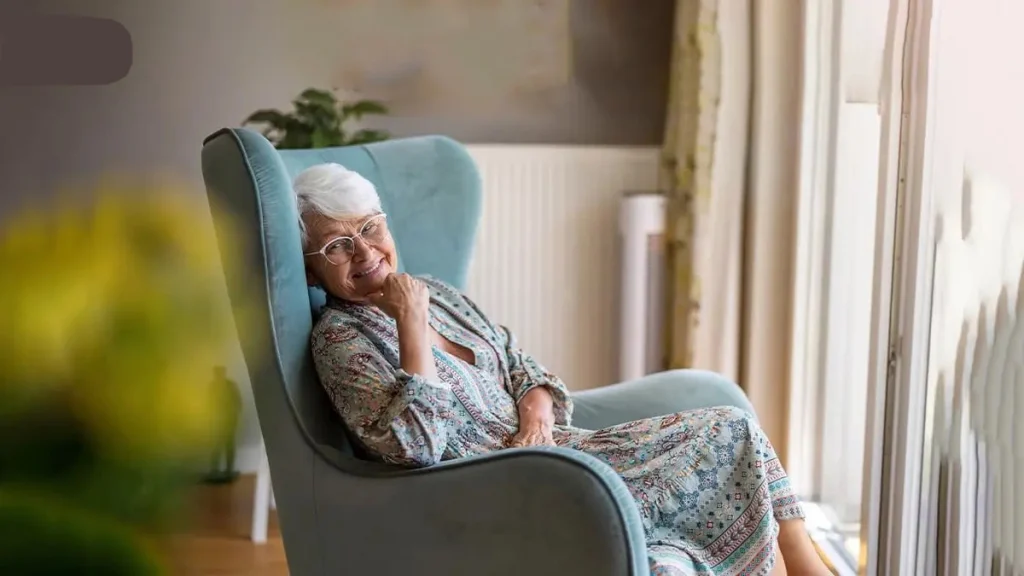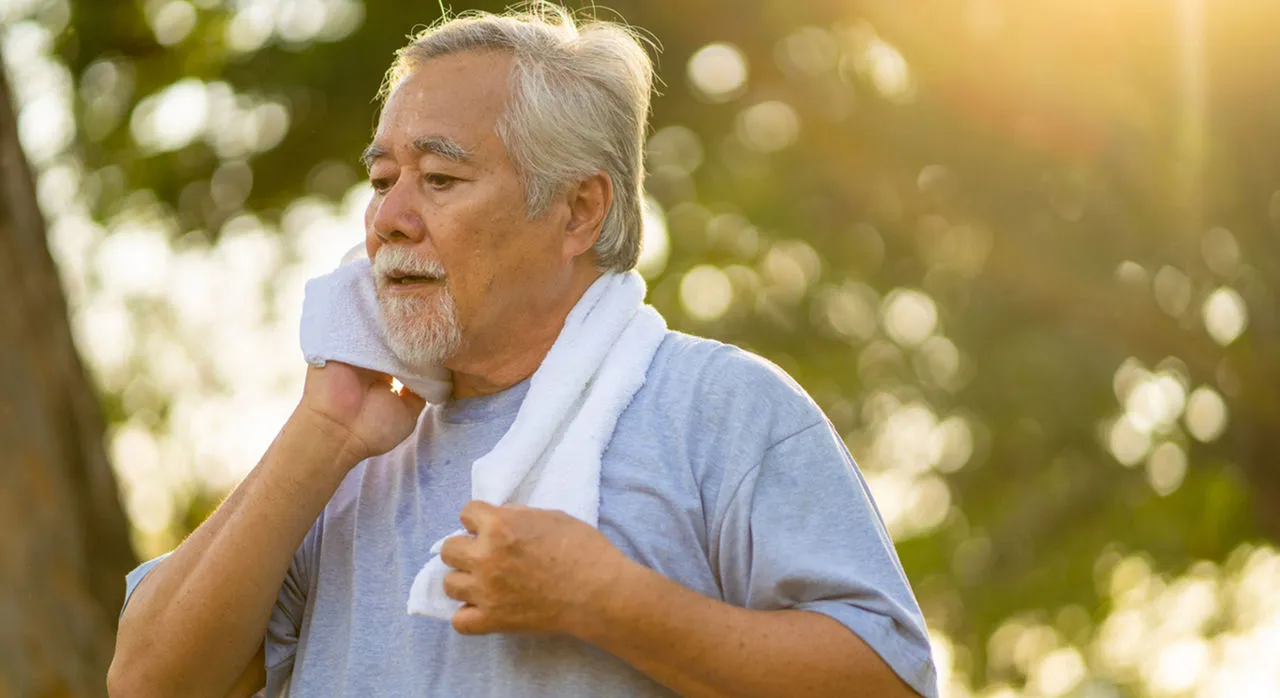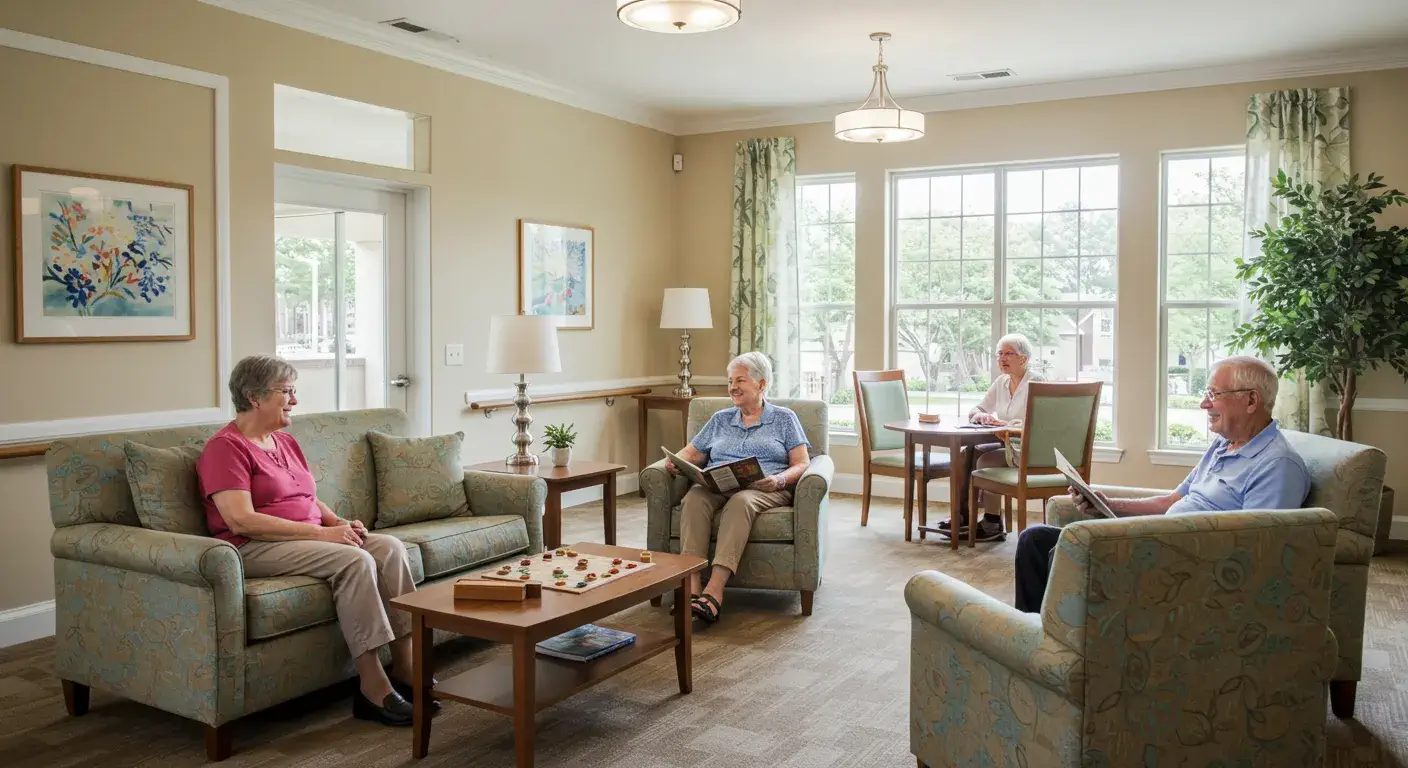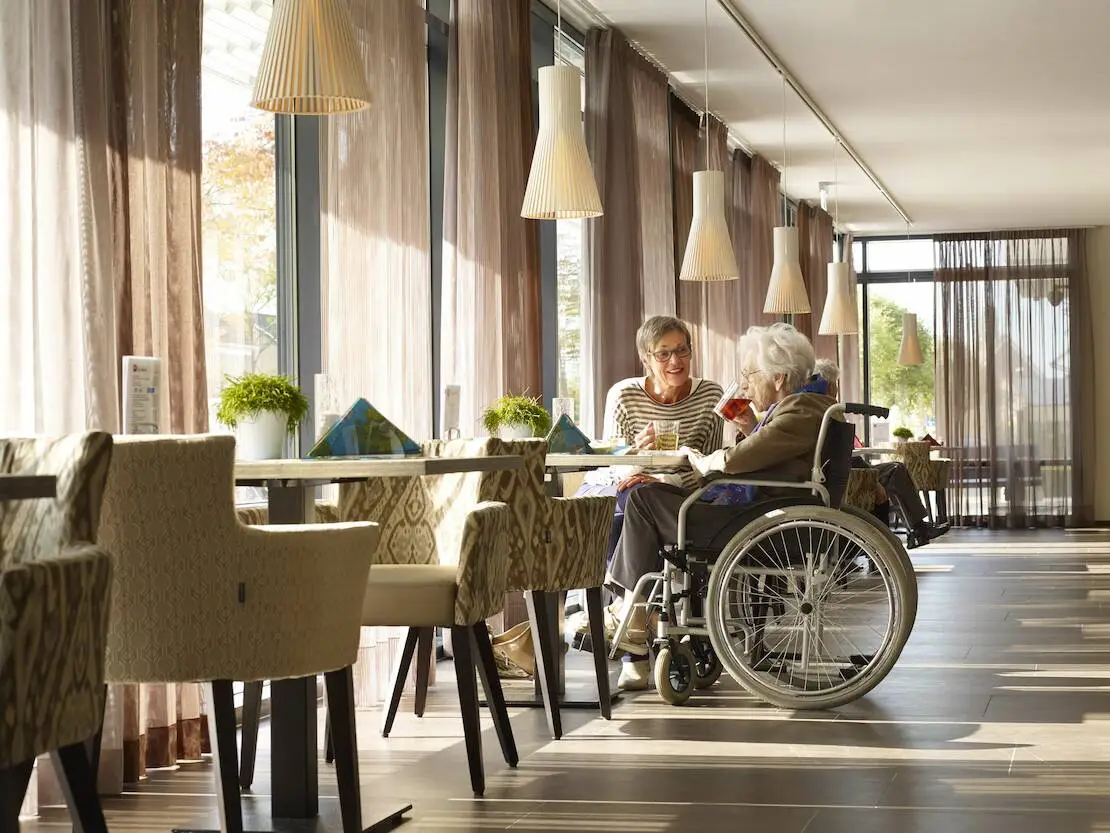
Importance of Lighting for Elderly + Best Nursing Home Lighting
Why is lighting important for elderly? Both natural and artificial light can have a huge positive impact on seniors’ physical and mental health. Bright and well-lit environments tend to create more positive feelings and help improve social relationships. Having enough light can help seniors perform their daily activities, such as reading, cooking, and doing chores, with more ease.
As they age, there are light-related challenges such as vision loss, sensitivity to light, sleep disorders, depression, and the risk of falls, which have a significant impact on the health and quality of life of seniors. In this article from Human Health Mag, we explain the importance of natural and artificial lighting for the elderly, lighting effects on older adults, best nursing home lighting for elderly people, and ways to improve lighting in the living environment of seniors.
Recommended Lighting Levels by Age Group (IESNA Guidelines)
According to the Illuminating Engineering Society of North America (IESNA), the following light levels (in lux) are recommended for different age groups:
Individuals Aged 30-40:
- General Lighting: 50 lux
- Dining Area: 50 lux
- Reading: 300 lux
- Kitchen: 100 lux
Individuals Aged 60 and Above:
- General Lighting: 300 lux
- Dining Area (Average Light): 500 lux
- Reading: 750 lux
- Kitchen: 300 lux (average), 500 lux (on work space)
Lighting for Elderly with Regard to Psychological Aspects and Human Health
The level of light and brightness of the environment generally affects the secretion of melatonin and the rhythm of the body’s clock. Melatonin affects the increase in serotonin levels in the body, which affects the following:
- Increased levels of dissatisfaction and sadness
- Sleep disorders
- Immune system disorders
- Creating various types of diseases, including cancer
Melatonin secretion is severely reduced by exposure to light, and when exposed to an environment with a brightness level of 550 lux, this reduction in secretion is 90 percent, and in environments with a brightness level of 100 lux, this reduction is 50 percent.

How Does Artificial and Natural Light Affect Elderly Health?
Natural lighting increases concentration and productivity and creates energy in the elderly. Exposure to sunlight during the day and reducing artificial light at night can help improve the quality of sleep in the elderly. In addition, sunlight is directly related to strengthening the immune system. This is because the sun is the main source of vitamin D, which is essential for bone health and the immune system. Vitamin D deficiency can lead to problems such as weak bones and an increased risk of fractures.
Natural light can also increase seniors’ energy levels and improve mood. This is especially useful for elderly people who may be experiencing fatigue and depression. Remember that sunlight is a natural resource that is beneficial for eye health and vision. Therefore, encouraging elderly people to spend time and do physical activities in bright environments has an impact on their mental and physical health.
Artificial light, like natural light, can have many positive effects on the health and quality of life of the elderly. For example, in cold seasons and low-light environments, using artificial lights can easily compensate for the lack of natural light. Proper lighting in the home and observing the principles of indoor lighting for the elderly will definitely be useful in reducing the risk of falls and accidents. Using bright and appropriate lights in hallways, stairs, and bathrooms can help the elderly see better and prevent potential dangers. Also, proper lighting can create a comfortable and pleasant environment that helps in performing daily tasks such as manual work and reading.
What Is the Best Nursing Home Lighting for Elderly People?
Typical nursing home lighting is inadequate to meet the needs of seniors. Nursing home residents are more likely to have impaired vision and receive less vitamin D. The right amount of light, at the right intensity, at the right time, can also affect health, well-being, and sleep.
Inadequate lighting is a safety hazard for seniors living in nursing homes. Three-quarters of hospital admissions for people over 65 are due to falls. Most falls are caused by household objects such as beds, chairs, and stairs. With proper lighting that helps residents be aware of their surroundings at all times of the day, such accidents can be better prevented.
Good nursing home lighting should give patients the best sensory perception of their surroundings. It should also allow them to move around the home without hindrance. As we age, we need twice as much light as recommended by conventional standards to perform daily and group activities for seniors in nursing homes and four times as much as we needed in our 20s. Advances in lighting and the use of LED lighting are among the latest and most promising innovations to ensure a better quality of life in nursing homes. The use of LED lighting can improve the nursing home experience in three ways:
- Increase resident safety
- Save money on facility management through reduced energy and maintenance costs
- Regulate the body’s sleep-wake cycle

Principles of Nursing Home Lighting for Elderly
Perhaps nowhere is the availability of adequate light more critical to the health and well-being of residents than in the nursing home environment. Residents of nursing homes are permanent residents of the facility. Many will live there for the rest of their lives, rarely stepping outside. The presence of light in nursing homes is even more important than in hotels, restaurants, etc. Because the residents of the nursing home cannot reach natural light alone and easily due to age, illness and weakness. Then when lighting a nursing home, these principles of indoor lighting for elderly should be followed:
- Ceiling lights, while suitable for areas that are heavily focused on work, such as the dining room, can be distracting and inappropriate for the bedroom or lounge.
- Wall lights are useful for creating different levels of lighting in a space. They can also be used to provide softer background lighting in the evenings. Try to mimic natural daylight levels so that you can maintain a natural sleep cycle.
- LED lights are easy and affordable and can be easily added to any space. A bedside lamp with a switch for residents to use allows residents to be self-reliant, while using additional lamps in common areas ensures that you can adjust the lighting depending on where you need it.
In general, a uniform level of light and brightness throughout the home is preferable. Most nursing home construction was completed decades ago when our understanding of the health benefits of light was in its infancy. As a result, most of these residences lack natural light. Hallways and dining rooms look like night during the day, with no visual cues to distinguish time. This disrupts natural sleep rhythms, leading to insomnia, anxiety, and other problems.
14 Ideas to Lighten Up a Nursing Home Room
In lighting in environments where elderly people live, the following points should be considered:
- Increasing the level of illumination
- Using light sources with a CRI above 80
- Controlling the amount of natural light
- Creating appropriate contrast in the environment
- Lighting paths and special spaces such as under the stairs, next to the bed, around the mirror in the bathroom, etc.
- Reducing glare in the environment and lights
- Choosing lights with a suitable design to create a pleasant and suitable space for these people
- To reduce the glare in the environment and lights, the following can be done:
- Using diffusers and adjusting the direction of the lights
- Using matte flooring in the environment
- Using anti-reflectors on the screen
- Filter direct light coming in from windows
- Using indirect lighting
- Avoiding the use of flickering lights

Top 4 Lighting Tips for Older Adults
Improving lighting in the living environment of the elderly can have a great impact on their quality of life and safety, so:
- Increase natural light
Use natural light as much as possible. Large windows and light, thin curtains can help bring in natural light and improve the sleep rhythm of the elderly.
- Choosing the proper artificial light
Using study lights or bedside lights that are easily accessible and adjustable can help the elderly perform daily activities. Also, using warm white lights can create a more pleasant and relaxing environment.
- Creating the right contrast
Use the right light to create contrast between objects and reduce the risk of falls. Using indirect lighting can prevent harsh and dazzling shadows and create a calmer environment.
- Proper lighting in different spaces of the house
With proper lighting in the kitchen, bedroom, and bathroom, you can create a safe and comfortable environment. Adjust the light intensity throughout the day according to the different needs of the elderly.
Concluding Remarks
Why do older people need more light? The presence of appropriate light and lighting is one of the important and essential factors in the lives of the elderly. Because the elderly need sufficient lighting to do their work for various reasons, including poor eyesight. In this content from the humanhealthmag blog, we have provided some tips on the importance of lighting for the elderly, its benefits, principles of nursing home lighting, and strategies for improving lighting in the lives of these people.
According to research conducted at a Swedish institute, the direct impact of ambient lighting quality on the quality of life of elderly people has been investigated and its effects have been reported as follows:
- Increase in appetite
- Improvement in physical health and general health level
- Increase in self-confidence
- Improvement in people’s mood
- Reduction in anger and feelings of loneliness
people over 65 years of age have sleep disorders, which is generally due to reduced activity levels, changes in body clocks, spending more time indoors, and as a result, lack of access to daylight. Insufficient and inappropriate sleep causes a decrease in melatonin, and a decrease in melatonin also causes sleep disorders, which causes a vicious cycle in the sleep system. By being exposed to natural light and properly adjusting the amount of light during the day and night, sleep disorders in the elderly can be helped.
Don’t just read; also engage and inspire! What did this post teach you, and how will you apply it? Please leave your thoughts in the comments, and let’s learn from each other!

Frequently Asked Questions
What Are effects of Light on Seniors’ Physical and Mental Health?
The importance of lighting for seniors’ mental health include: physical health, mental health, improving efficiency and effectiveness, regulating circadian rhythms, affecting behavior and communication, etc.
What is the Importance of Lighting in Senior Living?
Improved routing and independence, good general mood and reduced anxiety levels, ease of performing tasks for caregivers and residents, reduction of falls, the external beauty of your interior space are among importance of light in the lives of the elderly people.
What Are the Benefits of Sunlight for Elderly Health?
According to research by scientists at the University of Warwick in the UK, older people can reduce their risk of heart disease and diabetes by staying outdoors and exposed to the sun for longer. Exposure to direct sunlight helps the body make vitamin D, a vitamin that older people commonly suffer from deficiency due to their lifestyle.
